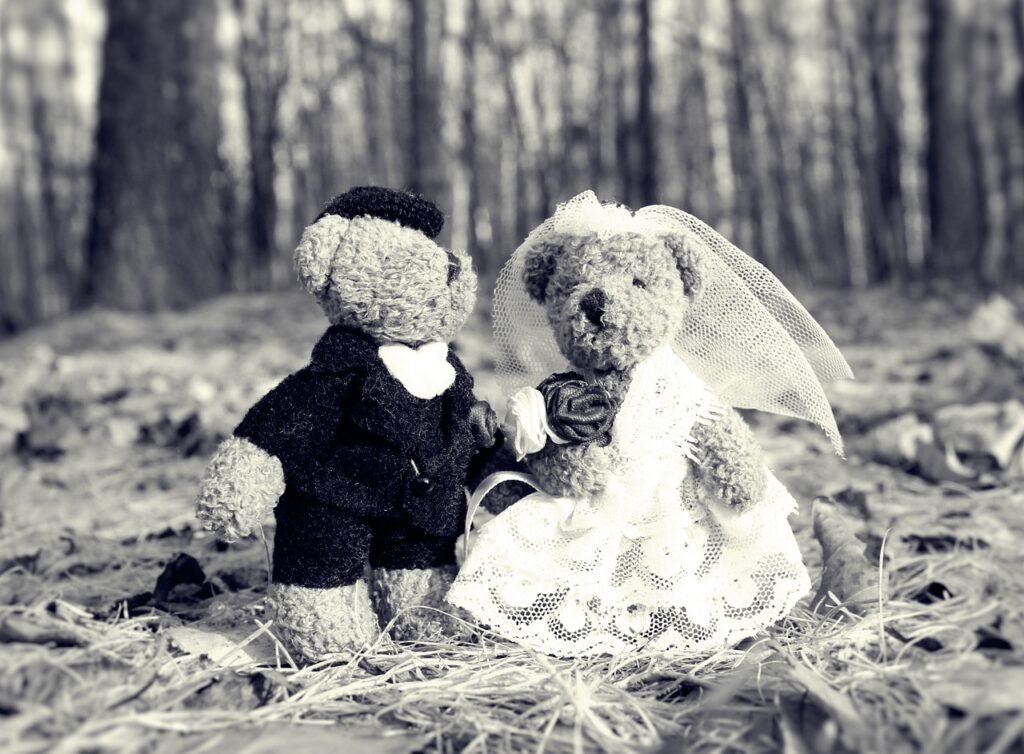
Marriage rites differ from area to area and from tribe to tribe. The following is one form of Batonga marriage rites.
When the arranged day comes, people on the girl’s side prepare themselves and choose who will give away the girl. This person spits water on the girl (Kupiila), and one or two witnesses are also chosen to go with the girl (Bafwenezya).
From the boy’s side, usually two men and a lady are chosen to go and collect the girl. They reach them at dusk and make the first payment.
- After supper the girl getting married would be called to bring water to her father in the house where the visitors would be hiding.
- She would bring the water without suspecting what would happen.
- After drinking the water, the father would spit some on her and say “I have given you away to Mainza”.
- Then the hiding visitors would grab the girl and cover her with a cloth. She would start crying and trying to free herself. Her witnesses would pretend to come to her assistance for a while and then move away peacefully. However, at every crossroad they would stand and say “we have lost our way.” When the payment had been made, the procession could move on again.
- When they reach their destination, the girl would be put into her new husband’s hut where he would have been waiting for her.
- The following morning the man would leave the hut and go to his people who would ask if she was a virgin. If his answer were negative, the payment would be lowered.
- The girl’s people would go into the hut and ask her if he was a man, and the number of times they had intercourse together. She would show the number of times by using sticks or fingers.
- Once all were satisfied, a chicken would be killed and eaten by both parties.
- The people on the girl’s side would remain for some time and then return.
While the marriage rites vary, some of the following are found in all traditional marriage rites
- Public witness to the social event of the marriage by speeches, dancing, feasting.
- The seclusion and instruction of the bride.
- A mock hostility between the two lineages involved.
- The capture and handing over of the bride.
- Some symbol of the merging of the lineages, e.g., the bride sits on the laps of the women of the bridegroom’s family and members of his family sit on the laps of women of the bride’s family.
- Initiation of the bride into her domestic duties by means of a symbolic mime.
- The veiling and the unveiling of the bride.
- The anointing of the spouses.
- The final discussion to fix the bride-wealth.
- The ceremonial bath of the bride.
- Consummation of the marriage either before a witness or with witnesses nearby.
- Gift-exchange.
